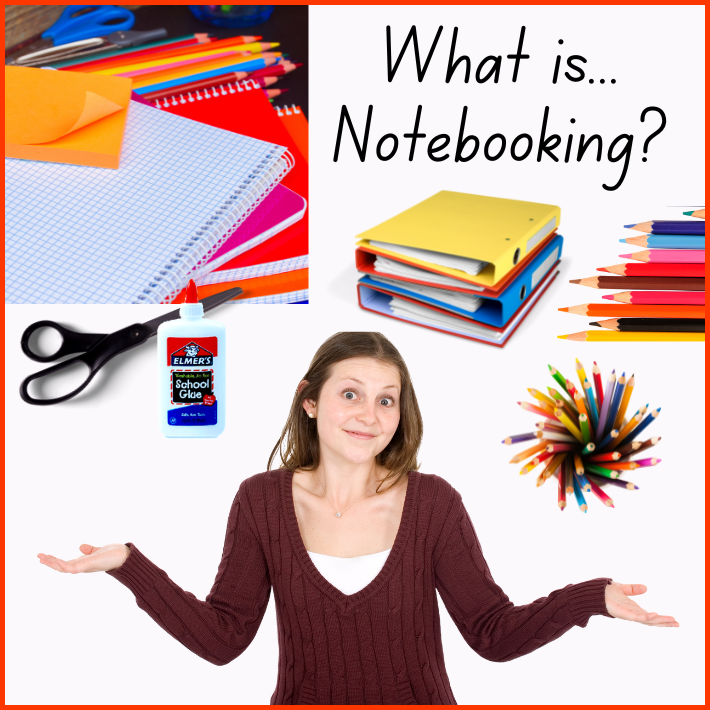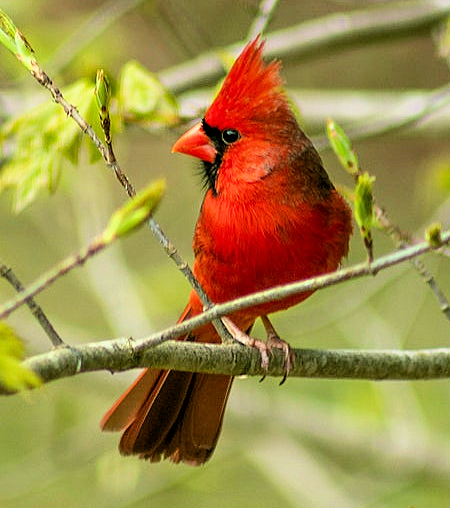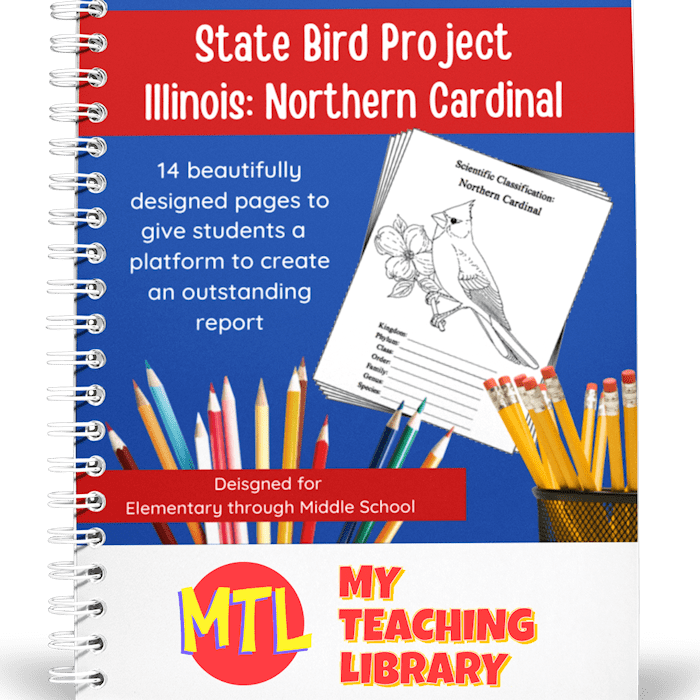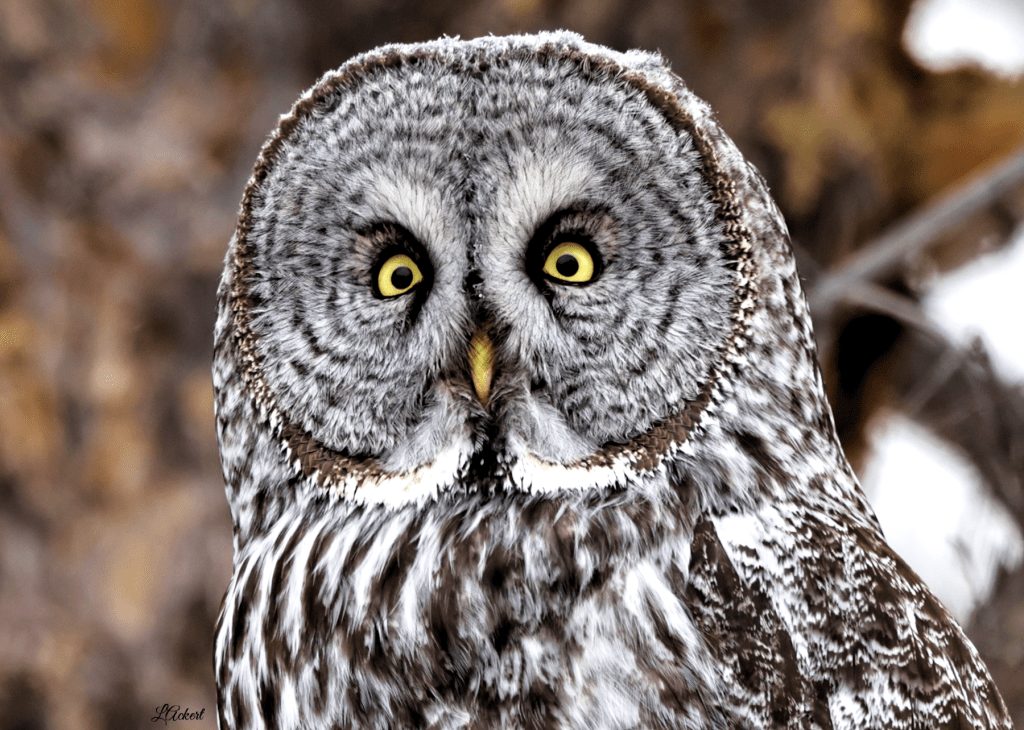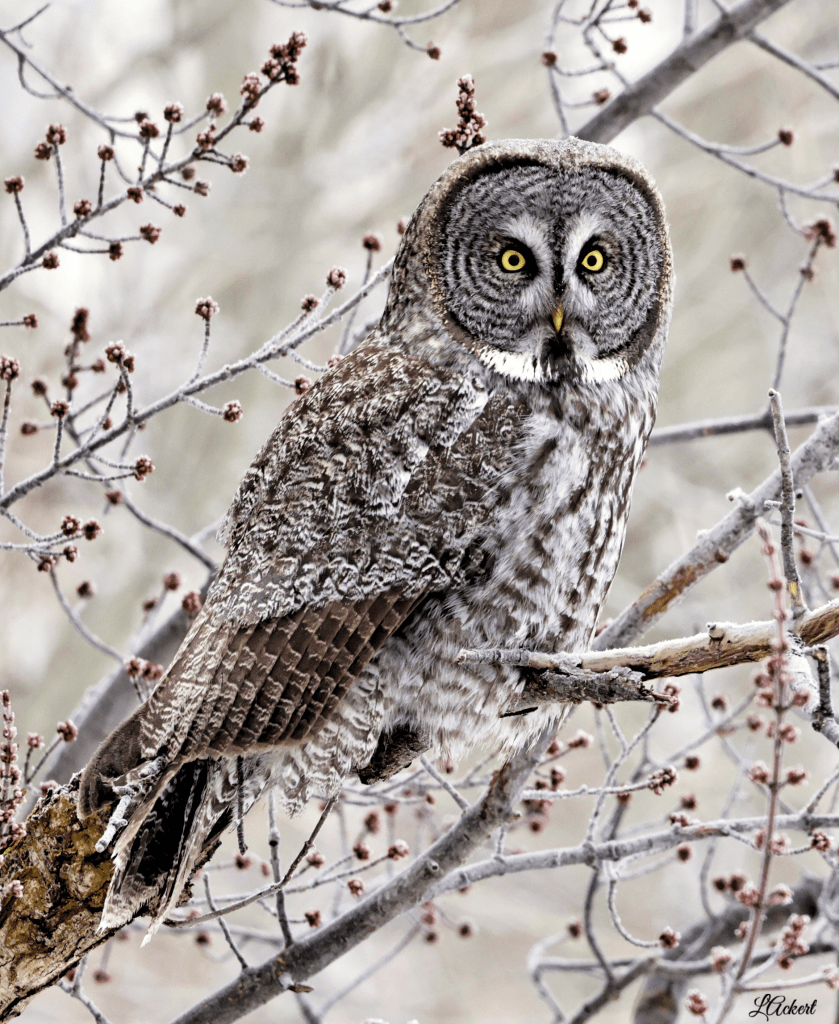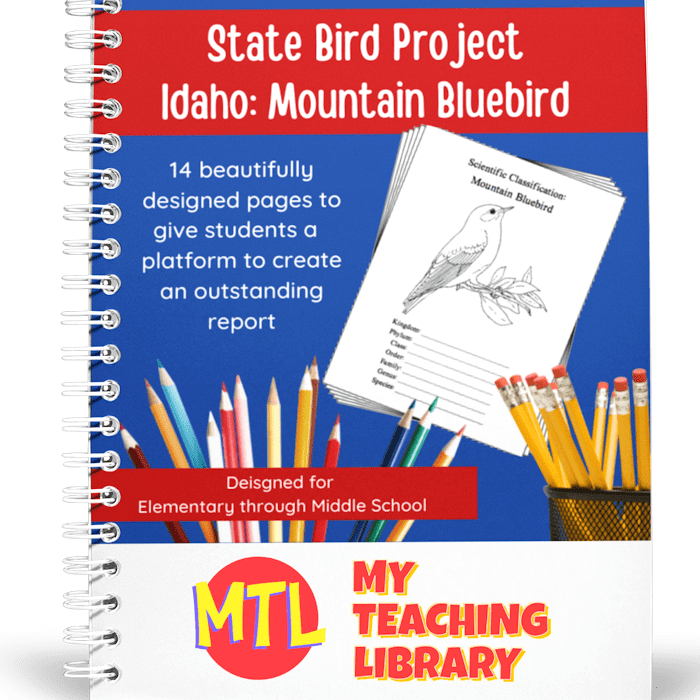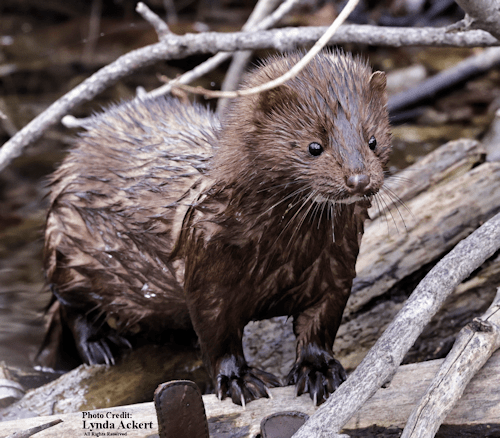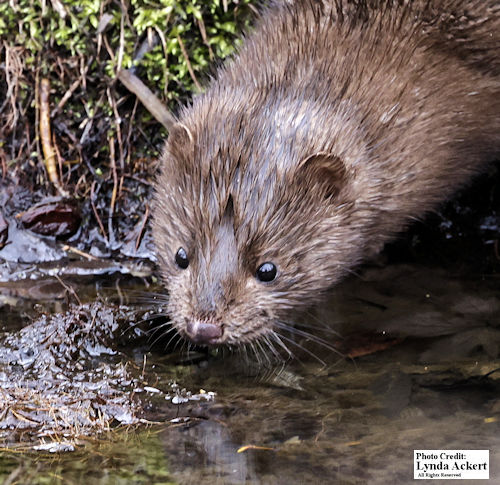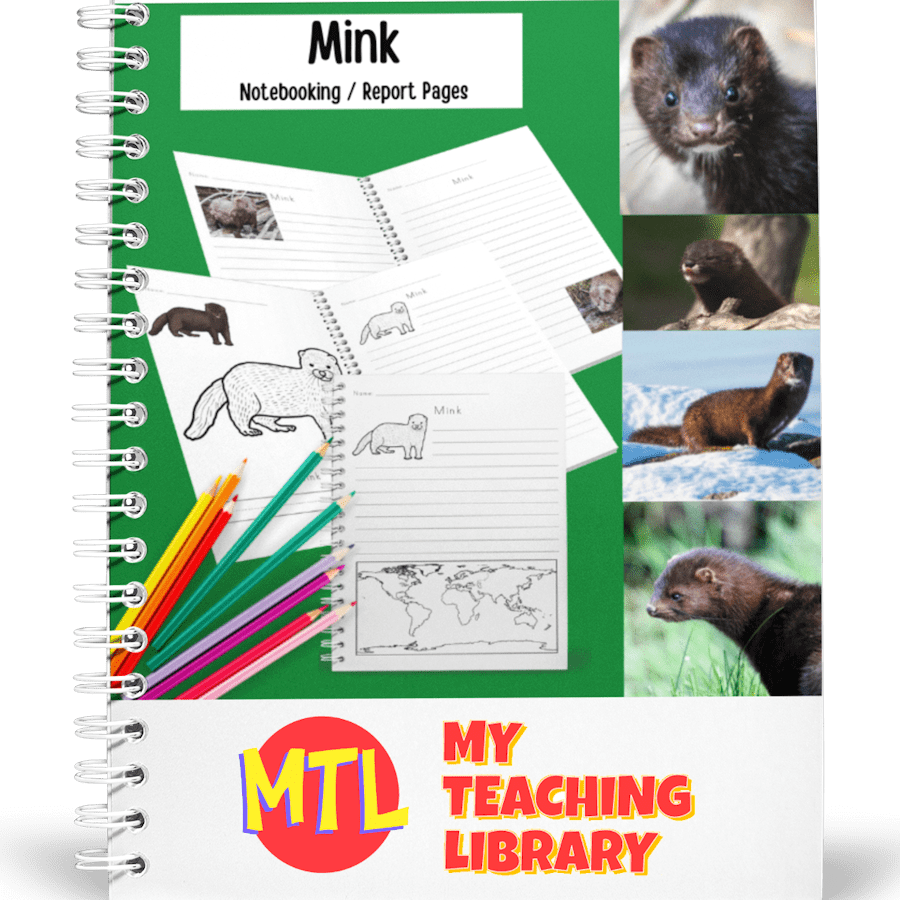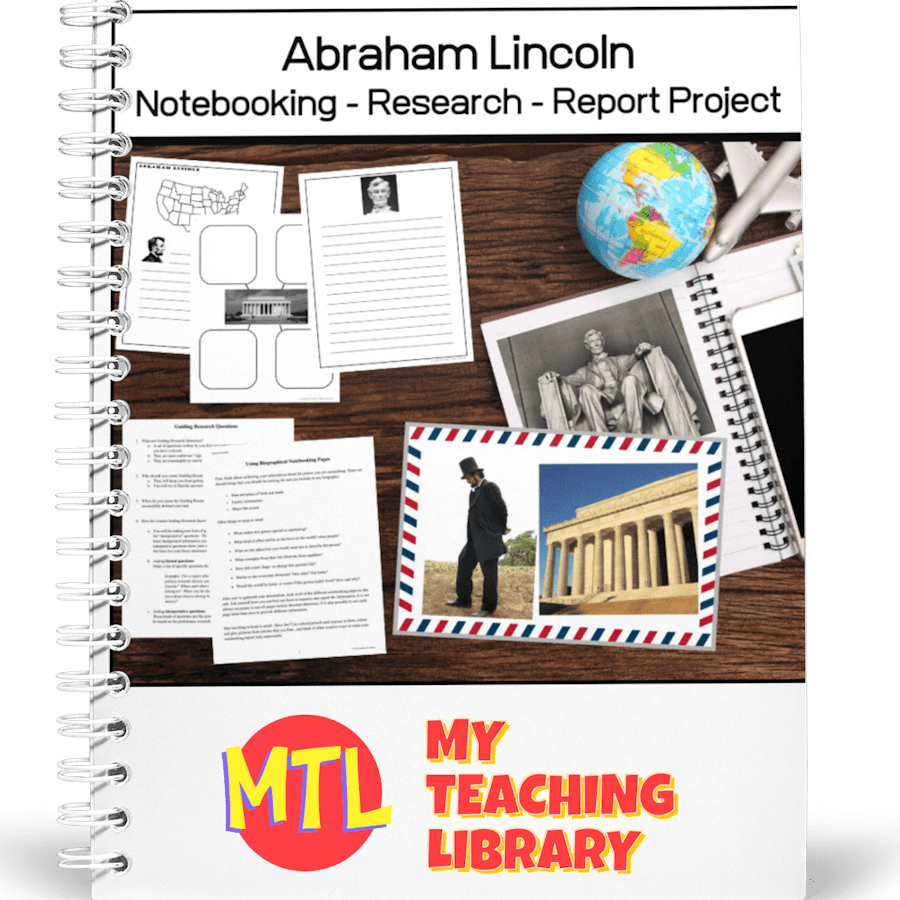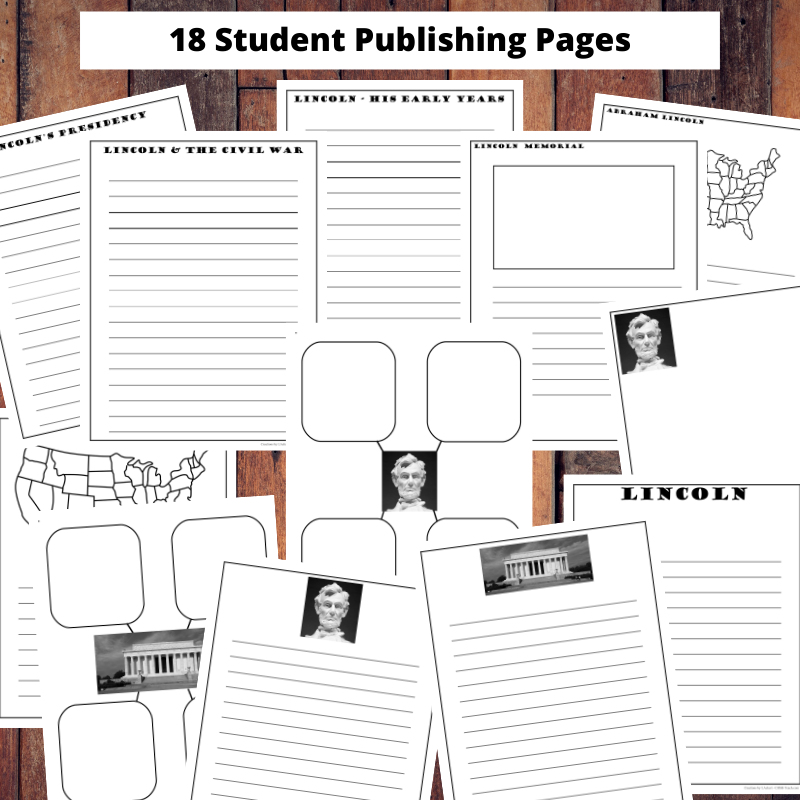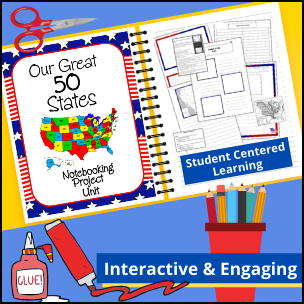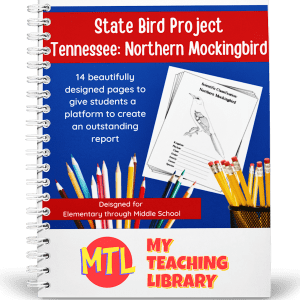Notebooking is the coined term for what one can also be referred to as educational journaling or scrapbooking.
Essentially, the idea is to create a compilation of what has been learned and experienced in any number of subjects or activities and organize it in a notebook (or binder).
Notebooking is designed to capture the knowledge as well as personal reflections of what has been learned. There are two primary essentials needed in creating a notebook:
- A visual component
- A written component.
These two components work together to convey what a student has learned from his/her lessons. Instead of filling in worksheets or answering a list of discussion questions to test what a student has learned, you are giving students the opportunity to “show” and “tell” in a variety of ways what has been learned!
Benefits of Notebooking:
- Student Centered –
– Students are more ‘in charge’ of what they add to their notebooking projects.
– Often, students are allowed to choose topics that interest them
– Learning can easily be tailored to each students learning style - Fosters investigation and organization
One of the most important skills that any student can and should learn is to be able to determine ‘where and how ‘ to find relevant information on any topic of study. This is actually more important than filling one’s head with stacks of information because no one can ever know everything. We need to be able to know where to go to find information and how to get that information. - Helps students process information in more depth
It is scientifically proven that children are better able to recall information when it has been written down. So, as students learn to investigate and organize information, they can better process the information being learned through notebooking. Why? Handwriting allows a child’s brain to receive feedback from an their motor actions which ties to motor memory. This results in different connections and results than when an individual types notes. (Read more about why to teach handwriting here.)
Basic List of Supplies to Get Started:
- Paper and/or Templates
- Pencil and/or Pen and Colored pencils and/or Crayons
- Hole punch
- Binder
- Sheet protectors
- Highly recommended (Pre-made Notebooking Units from My Teaching Library)
Additional Supplies Great to Have on Hand:
- Colored Paper
- Heavy-weight papers or card stock
- Construction paper
- Scissors
- Chalks
- Markers
- Paints
- Glue and/or Tape
- Border Stencils
- Lettering Stencils
Examples of Notebooking Pages:
These images come from My Teaching Library’s Paraguay Country Study | Notebooking Unit…
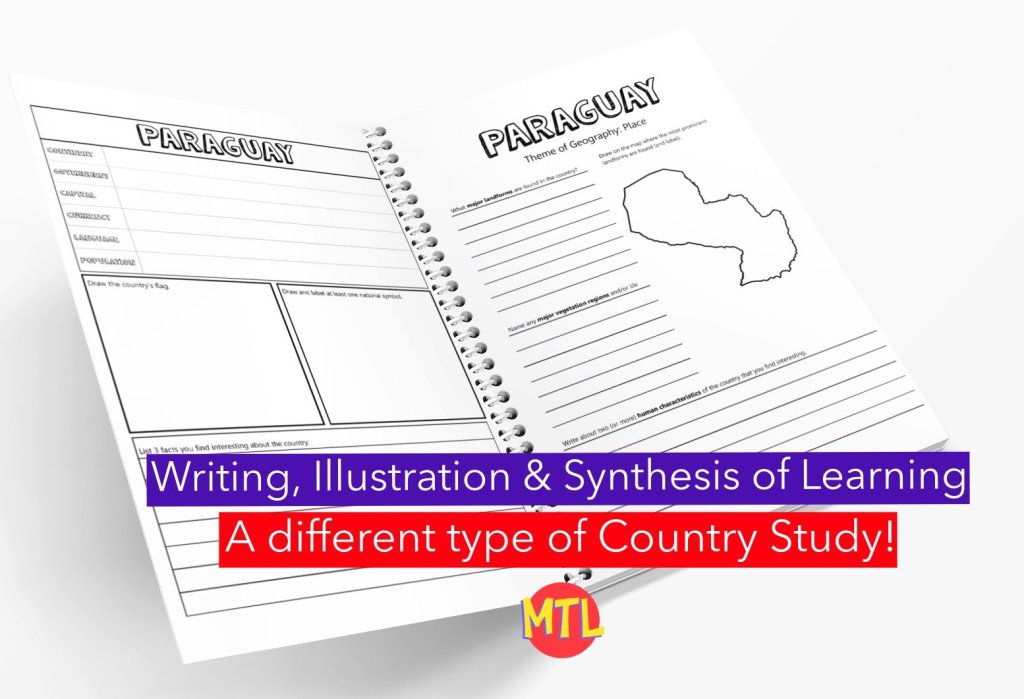
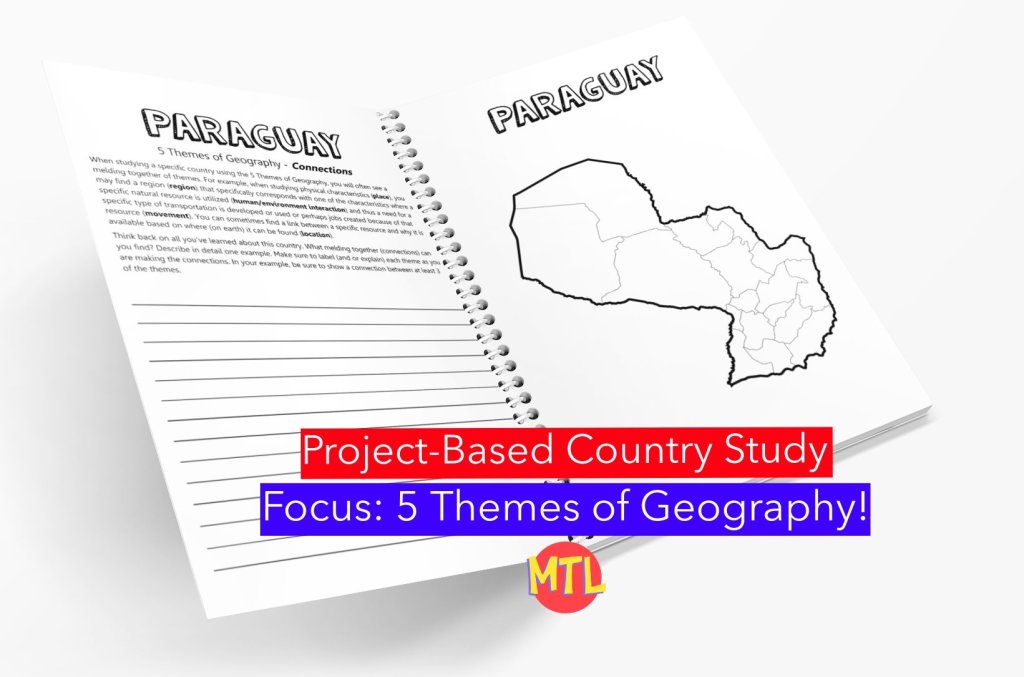
These images come from My Teaching Library’s Mink | Notebooking Pages…



These images come from My Teaching Library’s US Presidents Notebooking and Mini-Books | Volume 4…
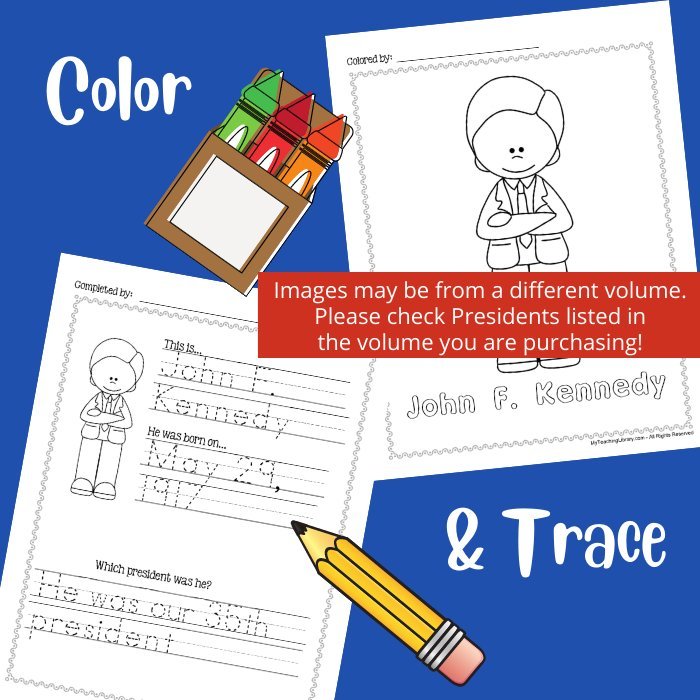
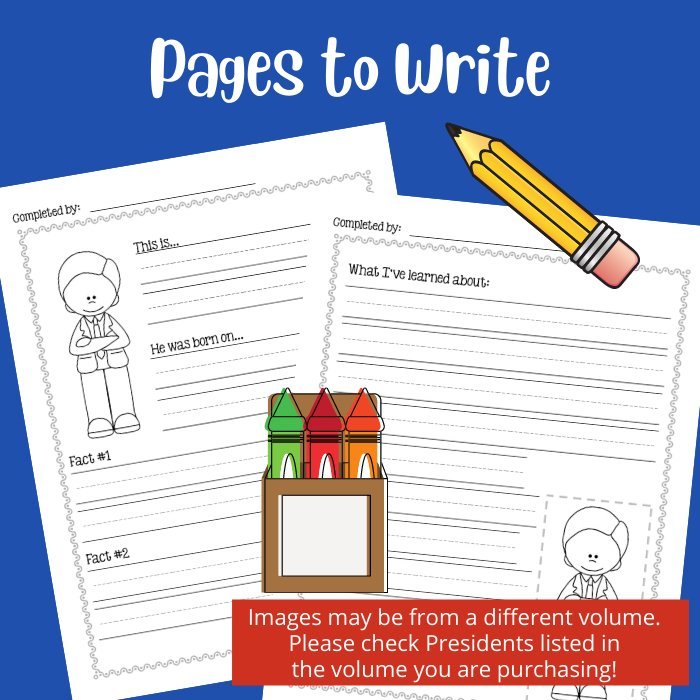
These images come from My Teaching Library’s Harriet Tubman – U.S. History Notebooking Project…

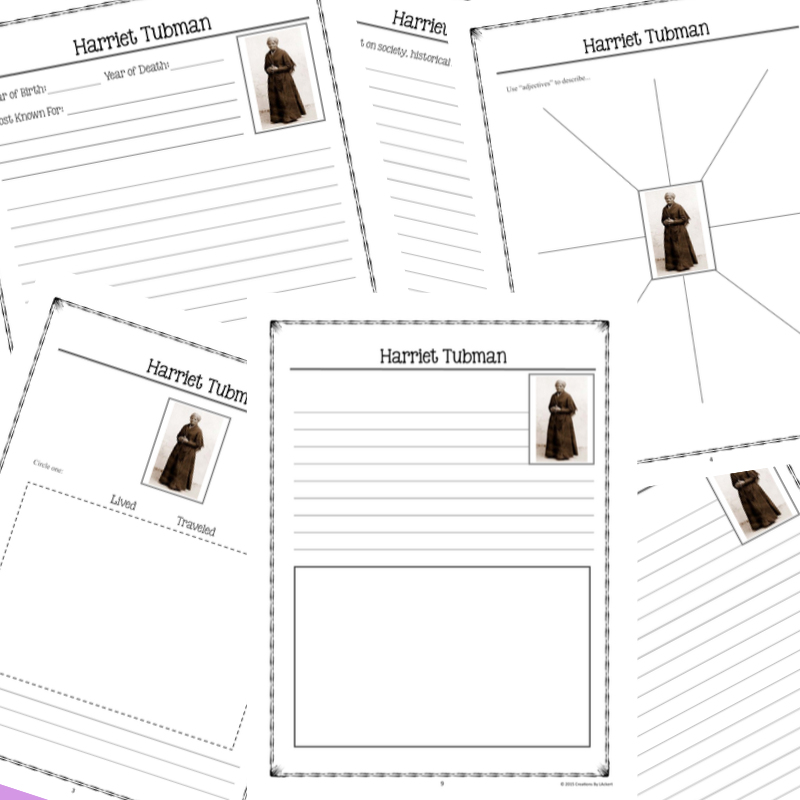
This image come from My Teaching Library’s U.S. Elections: A Student-Centered Project-Based Unit…
These images come from My Teaching Library’s 50 U.S. States | Interactive Social Studies…
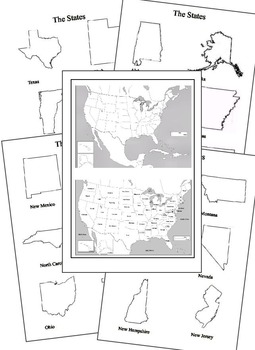
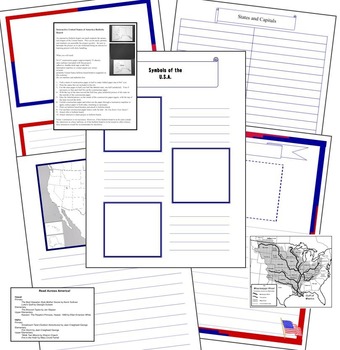
There are so many notebooking resources on My Teaching Library!
Having a pre-made notebooking unit makes it easy to implement within your lesson planning…and once your students are fully accustom at creating notebooking projects, if you don’t find something pre-made, they can easily begin to create their own!!
Finding all of the pre-made notebooking units available on My Teaching Library is easy! On the site, simply click on “Educational Resources” and then under Miscellaneous, click on “Interactive Learning”!
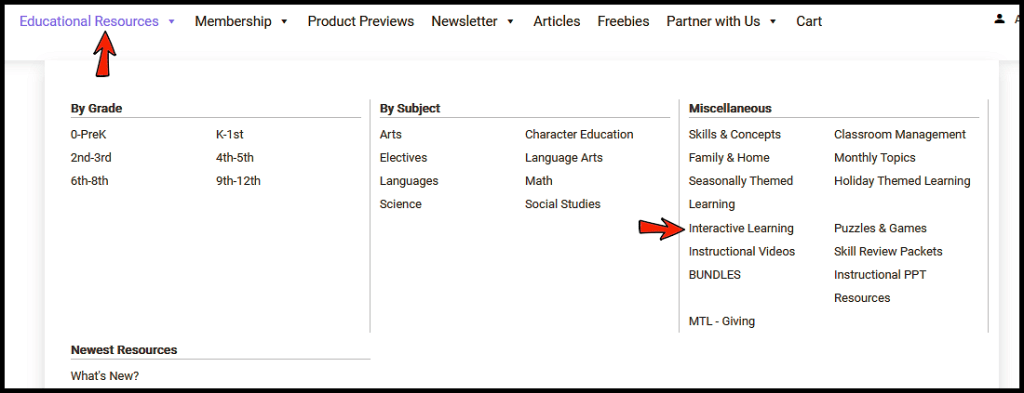
Also, there is one HUGE thing you should know about My Teaching Library…and that is that you can purchase every resource individually or you can become an All-Access member! All-Access members have the ability to download any and all resources that are needed for FREE as long as the membership is active!!
BE the FIRST to know about NEW Products by joining the…
My Teaching Library FB group
Posts are made in this group first!!
